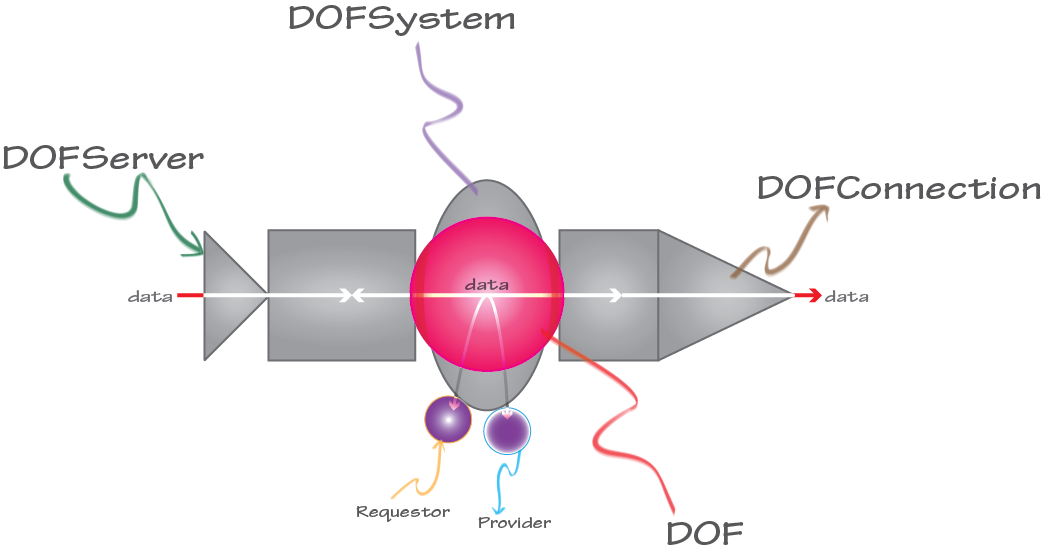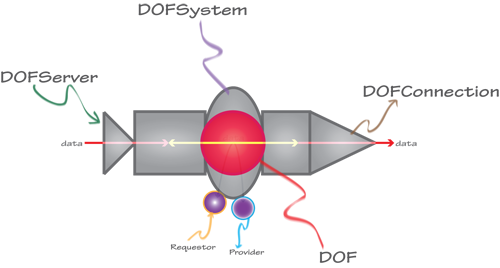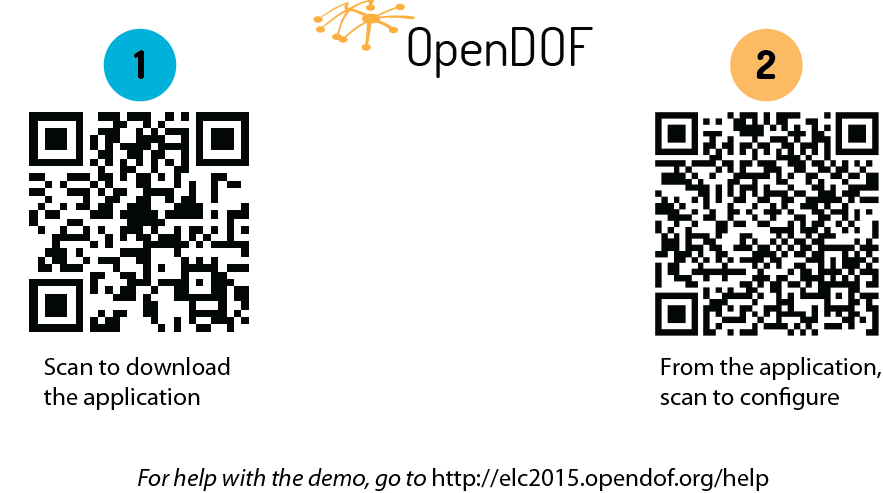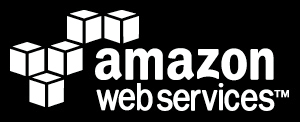
by User | Mar 23, 2015 | Downloads, Help, Information, Training
Launching the DOF Console
Extract the DOF Console.zip file, in its entirety, to a location of your choice.
Note: Since there is no installer for the DOF Console, the program launches directly from the folder created during its extraction.
Open the folder created during the extraction.
Double-click the file DOF Console.exe to launch the DOF Console.

by Jon Stringer | Mar 18, 2015 | Basics, Downloads, Help, Programming, Technical, Training
“DOF” is an acronym that defines the underlying technology supported by the OpenDOF Project. “Distributed” refers to the way objects and aspects of an object are distributed on a network. “Object” refers to the DOF Object Model, which ensures greater security and flexibility. And “Framework” refers to the fact that this is a complete solution that can be integrated into your application. To put it another way, DOF technology allows many different products, using many different standards, to more easily share information across many different networks. So whether you are networking a simple or complex system of embedded devices using local servers or taking advantage of advanced cloud technology, the OpenDOF Project can provide the solutions you need to enhance nearly any product, from the simplest resource-constrained devices to the most powerful computer networks.

by Phil | Mar 17, 2015 | Help
The OpenDOF “Suitcase” Demonstration shows how a DOF application could be used to track the location of a suitcase and monitor any physical impacts it may receive in transit.
Installation Instructions
Download the application to your Android device.
• Scan the QR code (1) on the Demo “postcard” for a link to the application.
– or –
• Download the application directly from Google Play or the App Store (iOS).

by Phil | Mar 17, 2015 | Help
The OpenDOF “Suitcase” Demonstration shows how a DOF application could be used to track the location of a suitcase and monitor any physical impacts it may receive in transit.
Demonstration Overview
Note: For this demonstration, an Android device is used as a virtual suitcase.
For this demonstration, you will be downloading and installing the “OpenDOF Suitcase Demo” application, which will allow your Android device to become a virtual suitcase. Once configured, you can

by User | Mar 13, 2015 | Android, Downloads, Java, Programming, Technical
If you’re looking for more information about designing interfaces, the Object Model, DOF Operations, DOF Connectivity, or DOF Security, we have you covered! The Guides are available for download.
Click the Downloads link and start reading!

by User | Mar 9, 2015 | DOF, Programming, Technical
The Permission Type Registry
Permission Types are grouped into the Permission Type Registry with each Permission Type allowing for extendable methods of identifying permissions.
When an operation is initiated, binding permissions at each DOF component determines whether the operation is allowed to be transmitted through that component. Binding permissions are permission type 1 in the Permission Type Registry. A binding permission consists of four parts that determine what the permission allows:
actions
object identifiers
interface identifiers
attributes
by User | Mar 6, 2015 | DOF, Programming
Topology refers to creating the DOF node and its components of connectivity: systems, connections, and servers. It also covers proxies and connection listeners. Finally, it covers setting up multicast environments, hub and point connections, and responding to Connect-level interest. Although it is not a requirement, completing the Operations Training is recommended before tackling your own topology design.
SocialCompare

by User | Mar 5, 2015 | Information
The Distributed Services Platform (DSP) is a cloud-based solution that utilizes the resources of Amazon Web Services (AWS). While we offer complete training, documentation, and support for the DSP, we also rely on the documentation AWS provides for its own offerings.
To help you become familiar with AWS, we have created this page to help you find the documentation needed to learn about AWS and its features. Spend some time reviewing the documentation, support, and development sections: they will give you the information you need to use AWS.

by User | Mar 5, 2015 | Information
Puppet is an administration tool that helps system administrators manage infrastructure throughout its lifecycle. Provisioning, configuration, compliance, and patch management can be easily automated using Puppet as a scalable solution. To learn more about Puppet, visit the Puppet Labs webpage.
Some projects may choose to use Puppet extensively. Having a basic understanding of Puppet is helpful if developers, administrators, and designers are to get the most out of its capabilities. There is extensive documentation available to assist you.

by User | Mar 5, 2015 | Help, News
The Embedded Linux Conference (ELC) is the premier vendor-neutral technical conference for companies and developers using Linux in embedded products…






